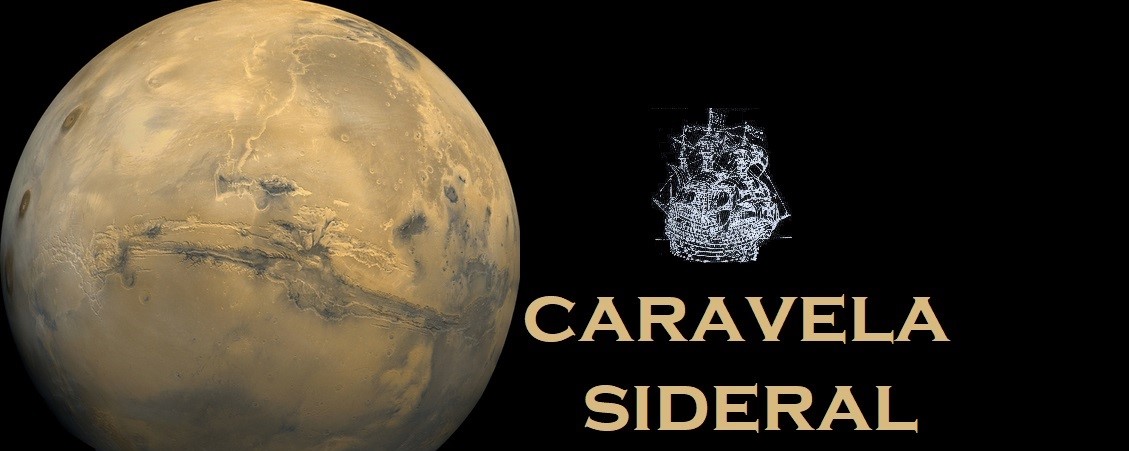According to Nasa, Ceres is an active and still evolving celestial body, and the Dawn spacecraft has been able to detect the composition and thickness of its crust, as well as the presence of ice in various locations, such as in the abrupt darker walls of craters, its variation in quantity over time and even to photograph the gullies left by the flowing ice and rocks. Throughout its orbit, when it is closer to the Sun, the rise in temperature causes the surface to release water vapor that sometimes condenses on the colder and darker walls of the craters, causing the variations observed in these ice deposits.
The small probe has also detected important traces of sodium carbonates in several places and which prove its ancient formation in an aquatic environment, the first time that this salt is detected outside our planet.
Ceres, is small in size but is large in surprises and its small body is a revelation of phenomena of cryovolcanism, the existence of ancient oceans and a malleable and active crust.
In the future, this small planet will undoubtedly merit the visit of a probe and a lander capable of exploring in depth its fascinating surface.
No fim da sua vida, a sonda Dawn continua a orbitar e a estudar Ceres e a revelar-nos os segredos deste pequeno mas fascinante planeta anão da cintura de asteróides.
Segundo a Nasa, Ceres é um corpo celeste activo e em evolução permanente, e a sonda Dawn conseguiu detectar a composição e espessura da sua crusta, assim como a presença de gelo em vários locais, como nas abruptas paredes mais sombrias das crateras, a sua variação em quantidade ao longo do tempo e até fotografar os regos deixados pela escorrência de gelo e rochas. Ao longo da sua órbita, quando está mais perto do Sol, o aumento de temperatura faz com que a superfície liberte vapor de água que por vezes condensa nas paredes mais sombrias e frias das crateras, provocando as variações observadas nesses depósitos de gelo.
A pequena sonda detectou também em vários locais, vestígios importantes de carbonato de sódio e que provam a sua antiga formação num ambiente aquático, sendo a primeira vez que este sal é detectado fora do nosso planeta.
Ceres, é pequeno em tamanho, mas é grande em surpresas e o seu pequeno corpo é uma revelação de fenómenos de criovulcanismo, da existência de antigos oceanos e de uma crusta maleável e activa.
No futuro, este pequeno planeta merecerá sem dúvida a visita de uma sonda e de um robot capaz de explorar a fundo a sua fascinante superfície.
 |
| Juling Crater, where it was detected the accumulated ice in its colder and darker walls. Cratera Juling, onde foi detectada a presença de gelo acumulado nas suas paredes mais frias e escuras. |
 |
| The bottom of the Juling Crater, where the marks left by the ice and rocks floods are visible. O fundo da Cratera Juling, onde as marcas deixadas pelas enxurradas de gelo e rochas são visíveis. |
 |
| More marks left by the avalanches of ice and rocks on the surface of Ceres. Mais marcas deixadas pelas avalanches de gelo e pedras na superfície de Ceres. Imagens Dawn /Nasa |





























